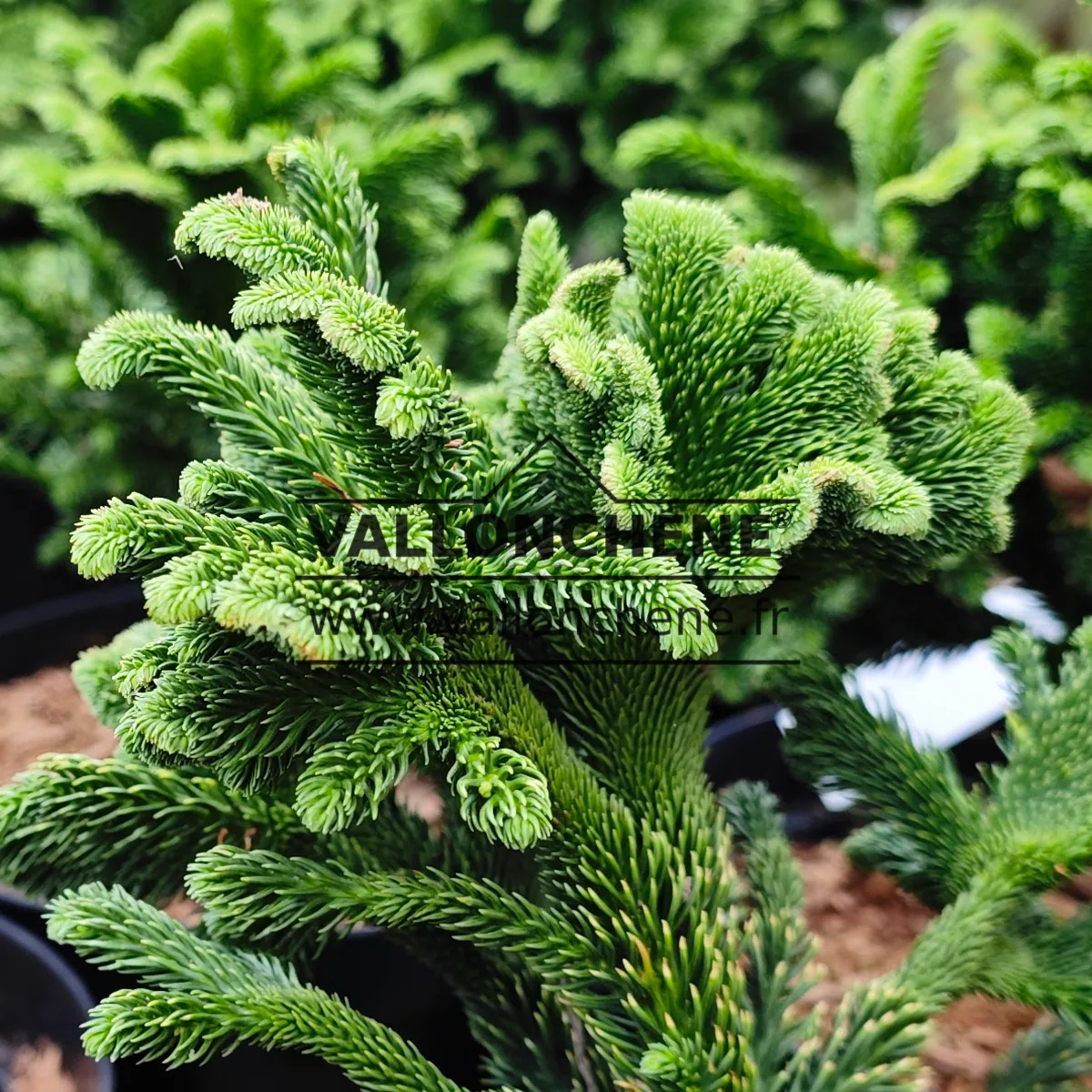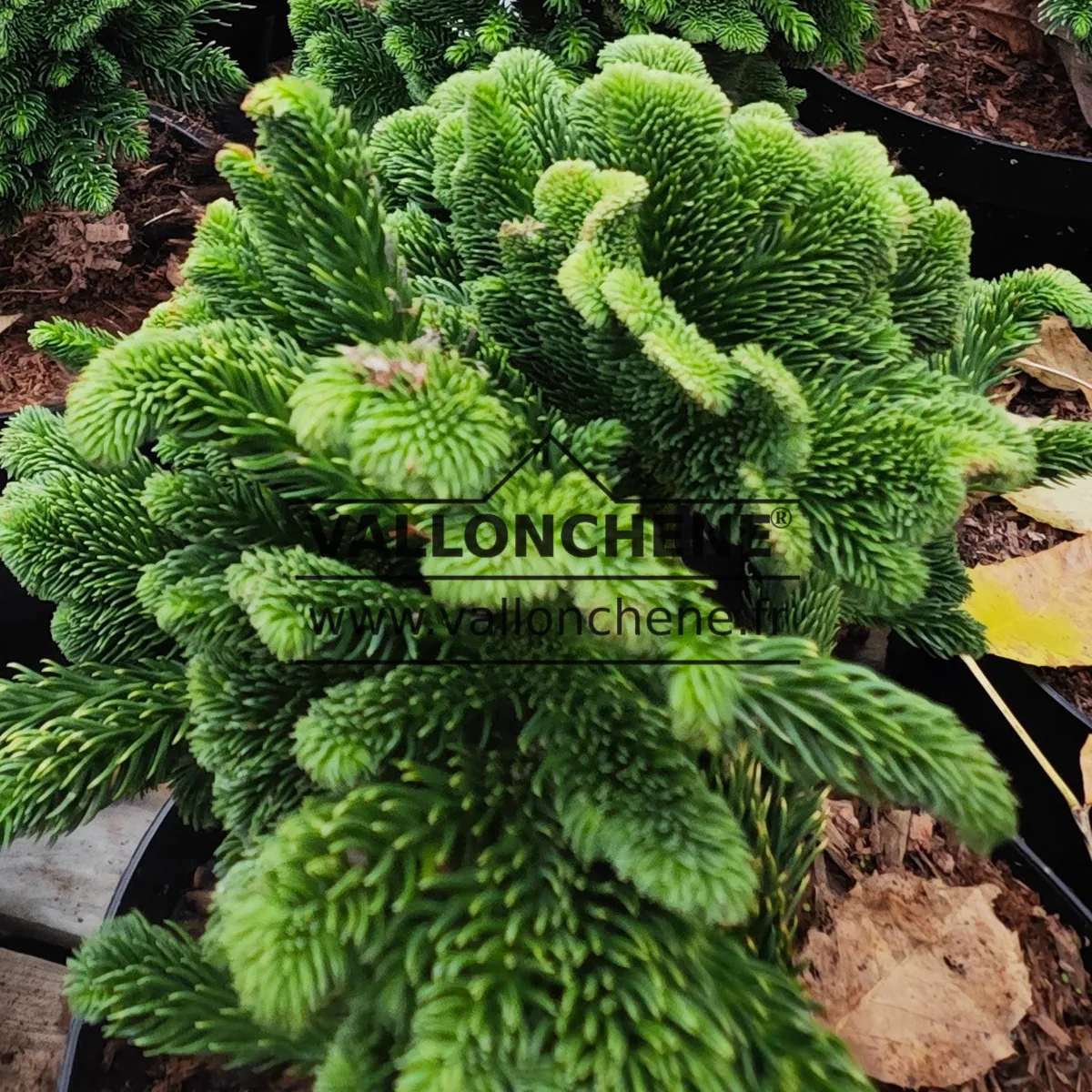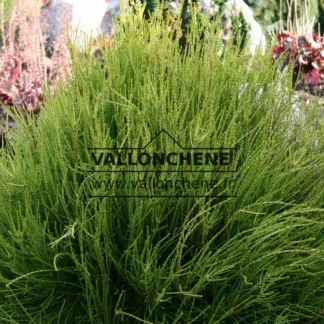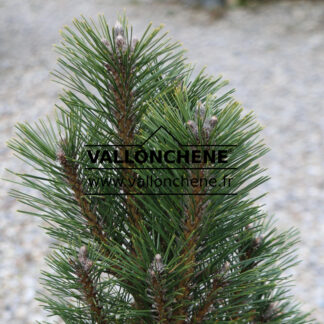CRYPTOMERIA japonica ‘Tomahawk’
99,90 €
This Japanese cedar (Japanese redwood) develops its branches in the shape of a fan. CRYPTOMERIA japonica ‘Tomahawk’ is a dwarf and very compact form.
Description
This extraordinary Japanese cedar develops quite dense shoots similar to cockscombs. This gives CRYTPOMERIA japonica ‘Tomahawk’ a very curious appearance. It looks nothing like its congeners.
Furthermore, this tree is a dwarf plant or mini-conifer. As a result, it grows very slowly and reaches a height of only 50 cm to 1 meter after around ten years. For this reason, this plant can find its place in any type of garden: small, medium or large.
In addition, it lends itself very well to bonsai.
To see all CRYPTOMERIA variants currently available for sale, please click here.
How to plant and grow CRYPTOMERIA japonica ‘Tomahawk’?
Plant it in full sun or partial shade in a cool to humid, medium to dry location. The soil should be light or normal with an acidic, calcareous or neutral pH.
Moreover, this mini-conifer will be happy in a container, a pot or a flower bed.
It does not fear the cold, since it resists temperatures below -20° C.
For a good preparation of the pot or ground, we have designed specific instructions available here. Furthermore, discover here how to water your garden and save water.
History and Origin
First, CRYPTOMERIA japonica appeared for the first time in 1781 under the name CUPRESSUS japonica. Later, in 1839, it was identified under the name we know today.
Then, Japanese cedars find their origin in East Asia and more particularly in Japan and China. In addition, we also find the name CRYPTOMERIA japonica var. sinensis or even CRYPTOMERIA fortunei. However, they do not differ from the natural varieties found in the wild forests of Japan.
Genetic analyzes of specimens on Mount Tianmu in China support the hypothesis that it is an introduction.
Furthermore, CRYPTOMERIA was introduced to the Azores for the production of wood in the mid-19th century.
Finally, the wood is very fragrant as well as resistant to bad weather and insects. Easy to saw and shape, it is used for the manufacture of furniture and interior decoration. Additionally, this wood is lightweight, yet strong and water-resistant.










Reviews
There are no reviews yet.